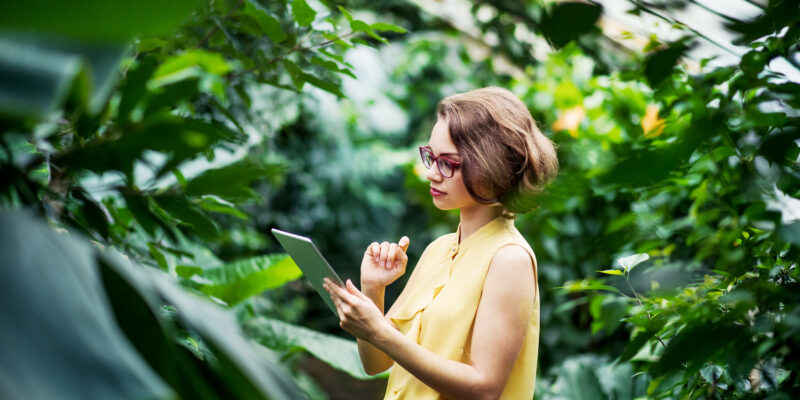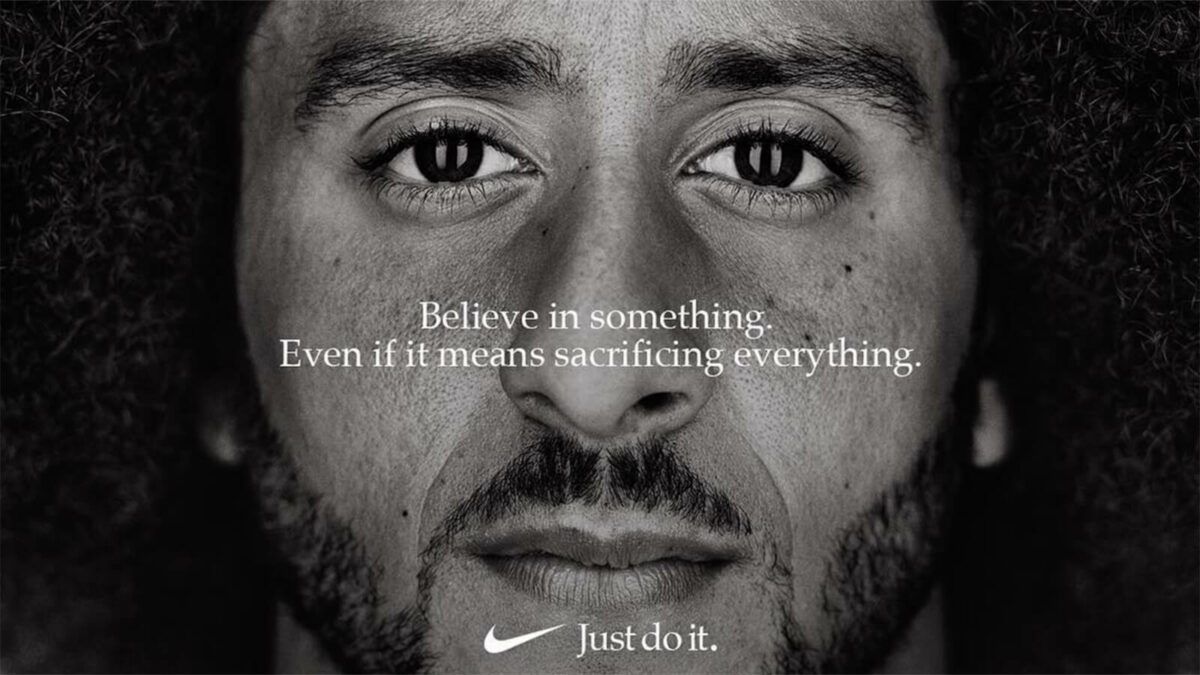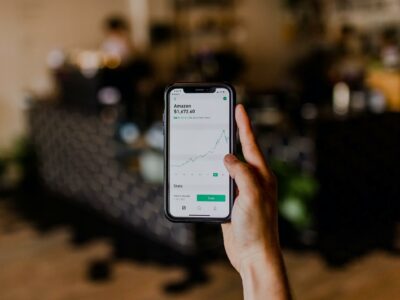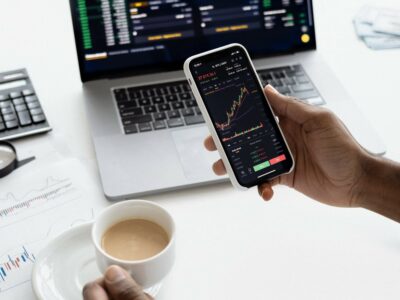Product turnover takes a terrible toll on the planet. Do customers and recipients keep your products long-term or discard them within months?
Lou Elliott-Cysewski, an Entrepreneurs’ Organization (EO) member in Seattle, is co-founder and CEO of Coolperx, the world’s first climate-neutral brand merchandising company. She’s on a mission to transform the merchandising industry from a toxic environmental polluter to a conscientious connector of people and values. We asked Lou about the importance of keepability in gift-giving and product offerings. Here’s what she shared.
However, we now live in a world where short-term profits more often than not overshadow quality and customer satisfaction, together with a desire for immediate personal gratification.
That’s where keepability comes in: long-lasting, meaningful goods and services are powerful factors for a company to boost its sustainability goals.
→ Download Now: Free Business Plan Guide


























